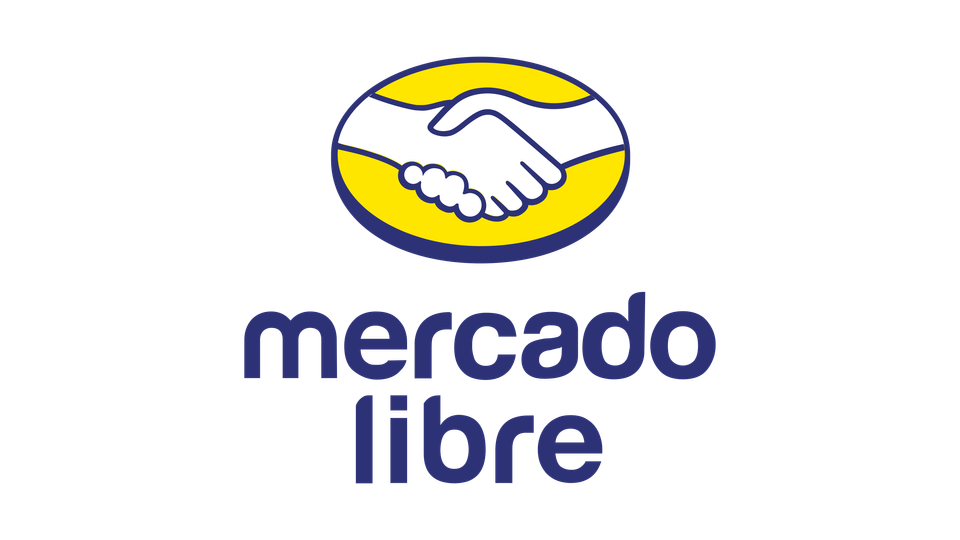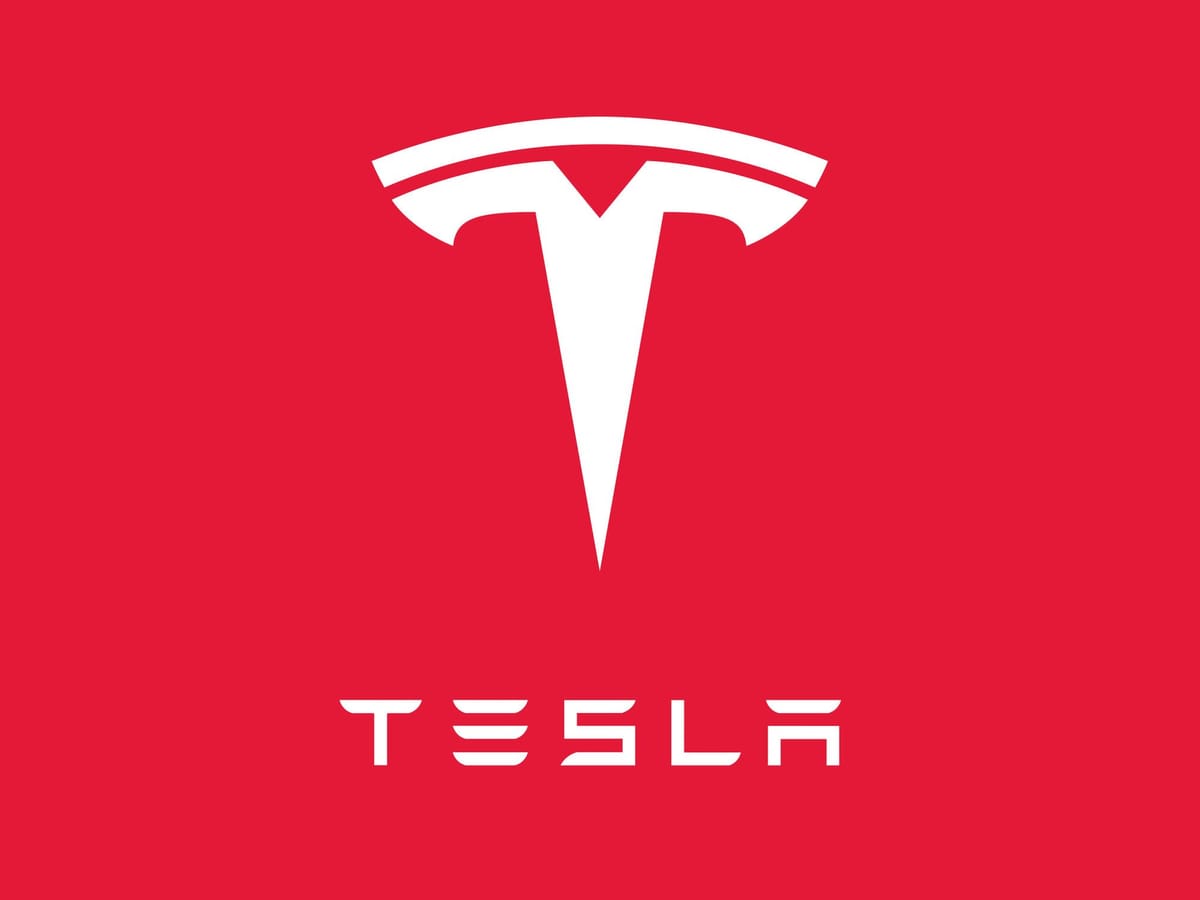Investment Thesis: Mercado Libre

Mercado Libre is the driving force behind Latin America’s digital economy, transforming how millions shop, pay, and connect. As the region’s leader in e-commerce and fintech, it bridges accessibility gaps and streamlines inefficiencies, making online transactions seamless.
With internet adoption soaring and the demand for digital payments growing rapidly, Mercado Libre isn’t just adapting—it’s shaping the future. By addressing key challenges in logistics, financial inclusion, and technological innovation, it continues to redefine how businesses and consumers interact in the digital space.
For investors, this transformation presents an opportunity too big to ignore. As Mercado Libre expands its influence, leveraging cutting-edge technology and a rapidly growing user base, it cements its role as a critical player in the region’s economic evolution. Understanding its impact is essential for anyone looking to capitalize on Latin America’s digital revolution.
This recommendation is just a start. The next step is to do your due diligence process which will then help you to make the investment decision. We strongly advise investors to do a thorough analysis of the recommendation and understand the soundness of the business before investing in this company. Also, please consult your investment advisor before making a decision.
This post is for subscribers only
Unlock the power of compounding
We are changing the way that people build wealth. If your portfolio is performing below S&P 500 in the last 5 years, then you need to subscribe here. Discover remarkable stories directly to your inbox. As a subscriber, you'll receive the valuable recommendation of an exceptionally outstanding company that are designed to help you build wealth.
Gain access to exclusive benefits by subscribing today!







Disclaimer: Please note that this newsletter is a financial information publisher and not an
investment advisor. Subscribers should not view this newsletter as offering personalized legal or investment
counseling. Investors should consult with their investment advisor and review the prospectus or financial / stock
recommendation of the issuer in question before making any investment decisions. All articles, blogs, comments,
emails, and chatroom contributions - even those including the word "recommendation" - should never be construed as
official business recommendations or advice. Liability of all investment decisions resides with the individual
investor.
Snowball Investing does not provide any guarantees, warranties, or representations, whether explicitly or
implicitly, regarding the accuracy, reliability, completeness, or reasonableness of the information presented. The
opinions, assumptions, and estimates expressed represent the author's viewpoints as of the publication date and are
subject to modification without prior notification. Projections made within the document are based on various market
condition assumptions, and there is no assurance that the anticipated results will be attained. Snowball Investing
disclaims any responsibility for losses incurred due to reliance on this document's content. It is important to note
that Snowball Investing is not offering financial, legal, accounting, tax, or other professional advice, nor is it
assuming a fiduciary role.



